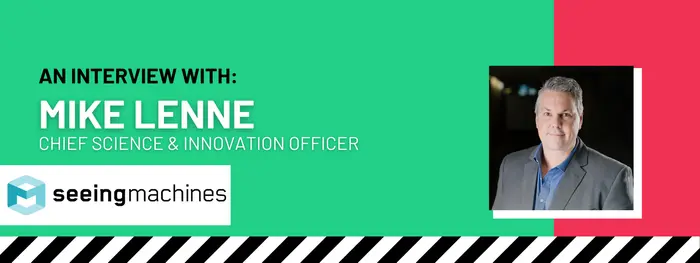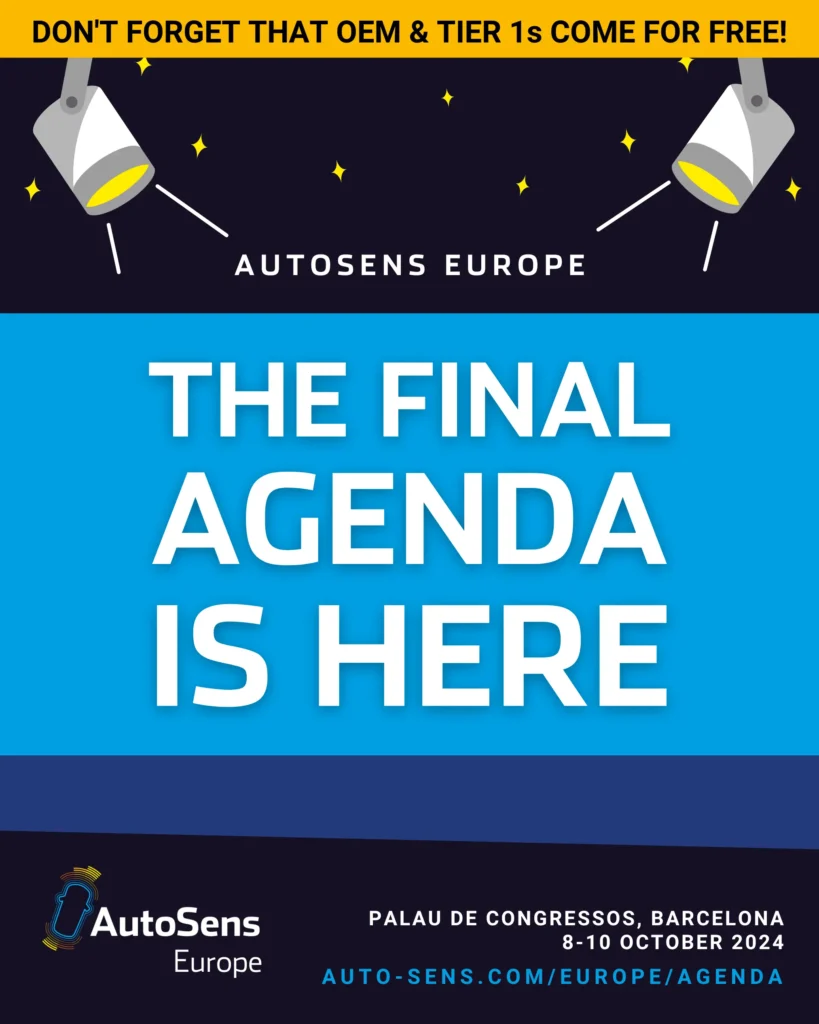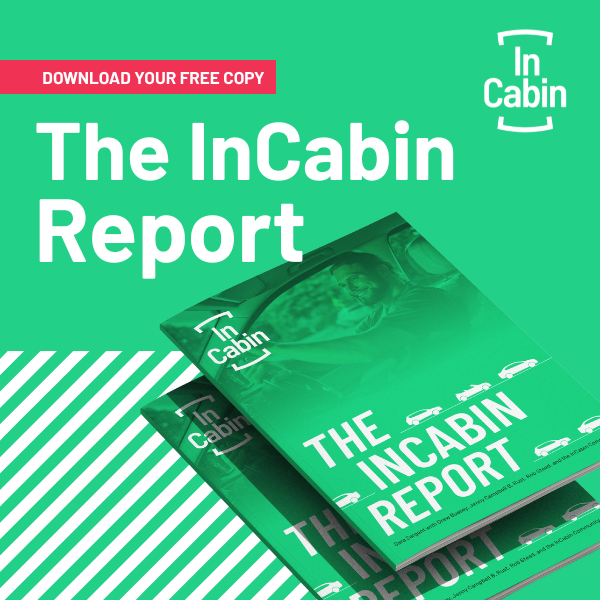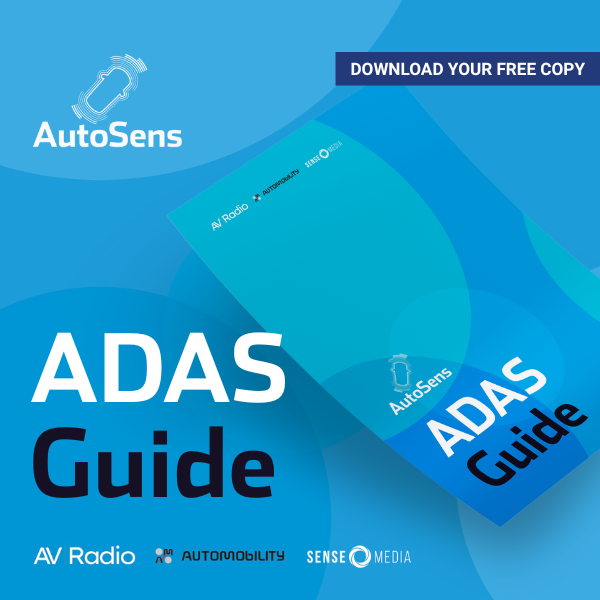
In this interview, we delve into the professional journey of Mike Lenne, the Chief Science & Innovation Officer at Seeing Machines. His expertise in human factors has not only shaped the development of cutting-edge safety solutions but has also positioned Seeing Machines at the forefront of industry advancements. See how Mike’s experiences continue to influence the future of in-cabin monitoring technologies and industry-wide collaboration…
1. Can you share your professional journey and background that led you to your current role as the Chief Science & Innovation Officer at Seeing Machines? What key experiences and accomplishments have shaped your approach to innovation and technology in the in-cabin space?
When I was at university, I developed a deep fascination with human behaviour and human factors. Extending this interest into the field of transport safety, I went on to complete a PhD examining the impacts of driver drowsiness and intoxication on driver state, performance and safety.
This subsequently led me to have an academic career as Professor in Human Factors at the Monash University Accident Research Centre. While there, I studied the impacts of driver distraction and impairment in both driving simulators and on-road, occasionally making policy recommendations to government and design recommendations to OEMs to minimise distraction and enhance user experience.
Knowing that I wanted to have a more direct impact on safety solutions, I then made the decision to join Seeing Machines, establishing a human factors team that melds an academic approach to research with an industry perspective on solution development. This approach has fundamentally changed the way our business developed and continues to positions its technology with customers, safety groups and the industry at large. After a few years heading up our aftermarket product business, I now also run our dedicated Innovation team.
The combination of the life-long interest in behaviour and safety, along with the opportunity to work as part of top-shelf technical teams harnessing research insights to build terrific solutions, means that my transition from academia into industry has been a fairly natural evolution.
2. As a global authority on human factors and safety, you bring a wealth of experience in developing in-cabin monitoring systems. How do you leverage this expertise to guide InCabin’s initiatives, and what unique insights do you bring to the advisory board
We are in an exciting phase of interior sensing where the key question is not ‘what can you sense’ but rather ‘why would you sense it’? Driver acceptance is now the new frontier that will ‘make or break’ interior sensing. Being driven by a core human factors principle of having the human at the heart of design, I continue to use my experience in research and technology development to ensure this current frontier is a key part of the on-going InCabin discussions.
3. Part of your role with us is to review abstracts from companies wishing to present their latest in-cabin technologies. How does your experience at Seeing Machines help you assess these innovations, and what key factors do you consider when determining their potential impact on the industry?
Working at Seeing Machines places me at the forefront of cutting-edge research and technology development and deployment. Fundamentally, I’m looking to see if the innovations at InCabin address an occupant safety or convenience need, whether it is backed by any meaningful R&D, and how these innovations could make their way into the market. There’s currently a lot of activity in the market around breakthrough, new technologies but I am a firm believer that any new assistance system needs to work with the driver not annoy or distract them further.
4. Innovation is at the heart of both Seeing Machines and InCabin. How do you envision the future of in-cabin monitoring technologies, and what innovative approaches are you excited to explore through your advisory role?
At Seeing Machines, our ultimate goal is to get everyone home safely at the end of each day. Our bread and butter is the delivery of improved safety outcomes. Nonetheless, OEMs also want technologies like connected cars, automated driving and shared mobility to be more user-friendly. We consequently work closely with OEMS to enhance the experience of cabin occupants, twinning our internally focused camera-based sensing with expanded use cases and a raft of convenience features designed to enhance driver performance and occupant safety.
Some key features include: advanced seatbelt monitoring, passenger posture, height and weight information for safe airbag deployment; child presence auto alerting; impairment (drug / alcohol) detection; sudden sickness or incapacitation detection; emotion awareness; and video conferencing functionality which can even be used to record unauthorised entries into a vehicle.
The net result of these features is a driver monitoring system that provides more meaningful alerts and interactions that encompass the entire in-cabin environment, bringing the occupant experience to the same level as the safety benefits being delivered.
5. Collaboration is crucial within the industry to drive technological advancements and enhance safety. How do you see InCabin facilitating this collaborative effort, and why is such a platform important for the industry’s progress?
In a fast-moving industry, InCabin provides a leading forum for technologists, academics and auto-manufacturers to share cutting-edge insights drawn from research and real-life experiences. Given the increasingly rapid development of driver assistance technologies in recent years, it is now vital that members of the industry regularly come together to inform the future of the cabin and ensure that driver safety systems keep pace with these changes.
View the full InCabin Advisory board here: https://incabin.com/advisory-board/
Don’t miss out on hearing industry experts delve into crucial topics at InCabin Europe this October. Get your pass here.




